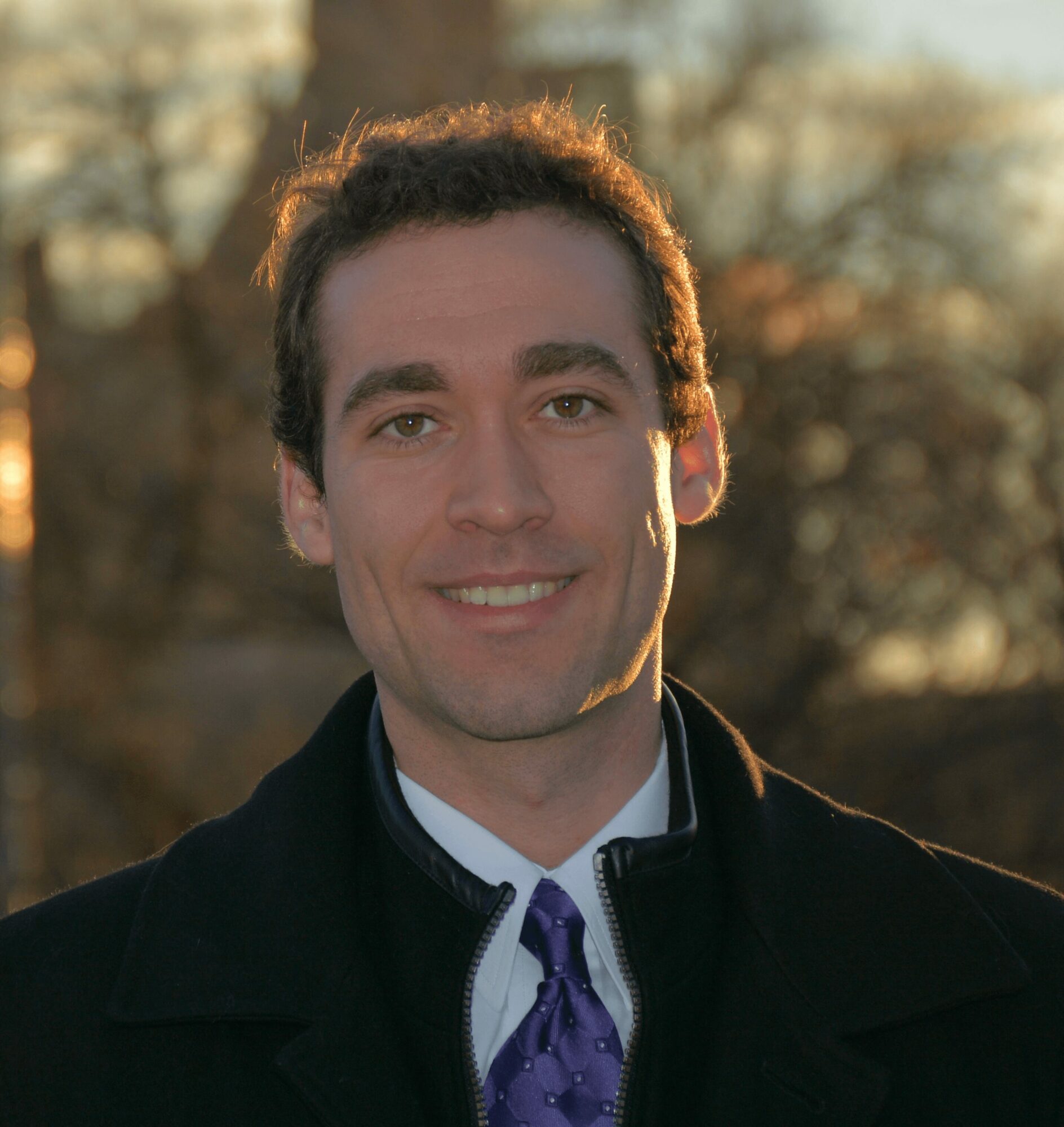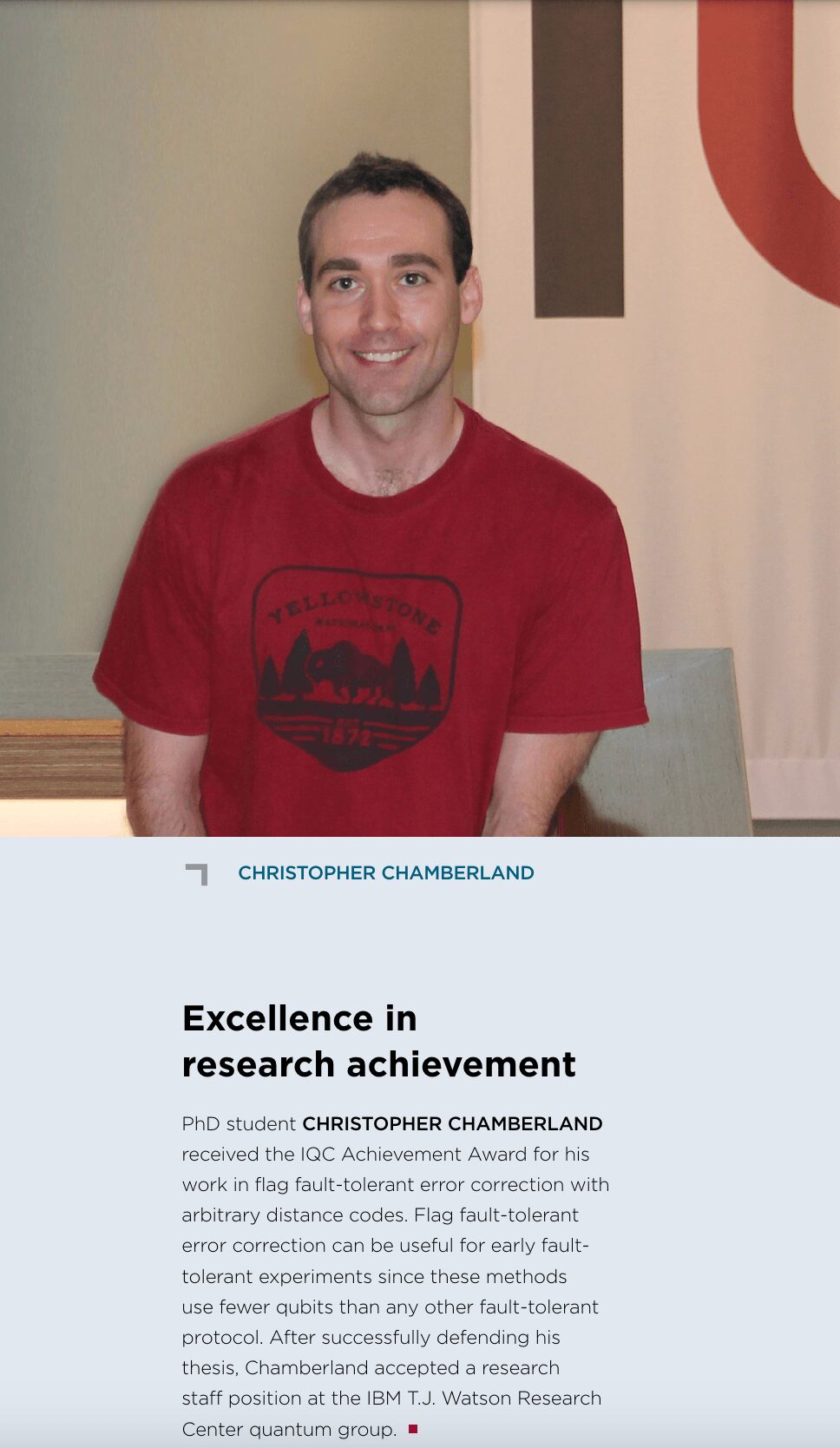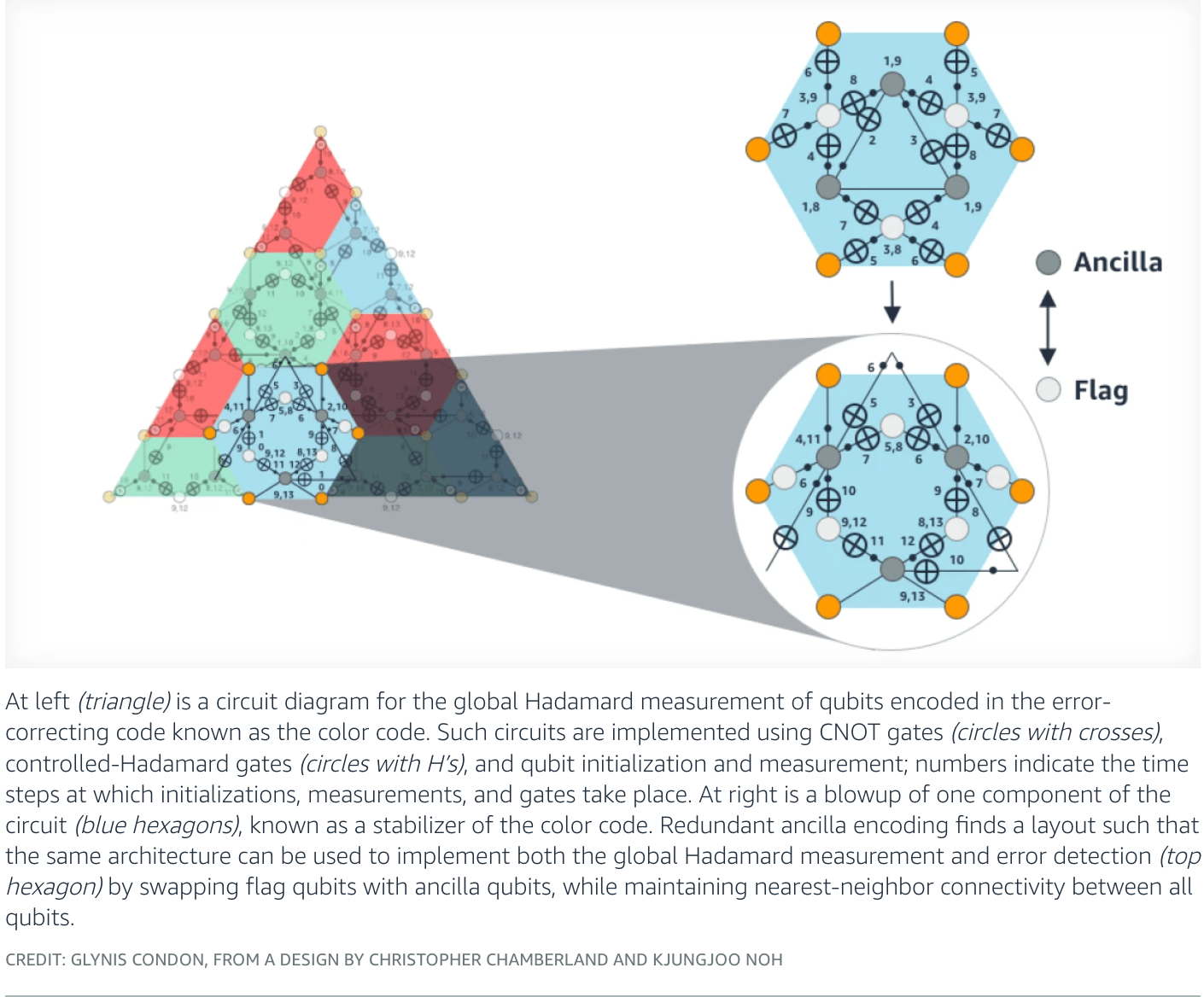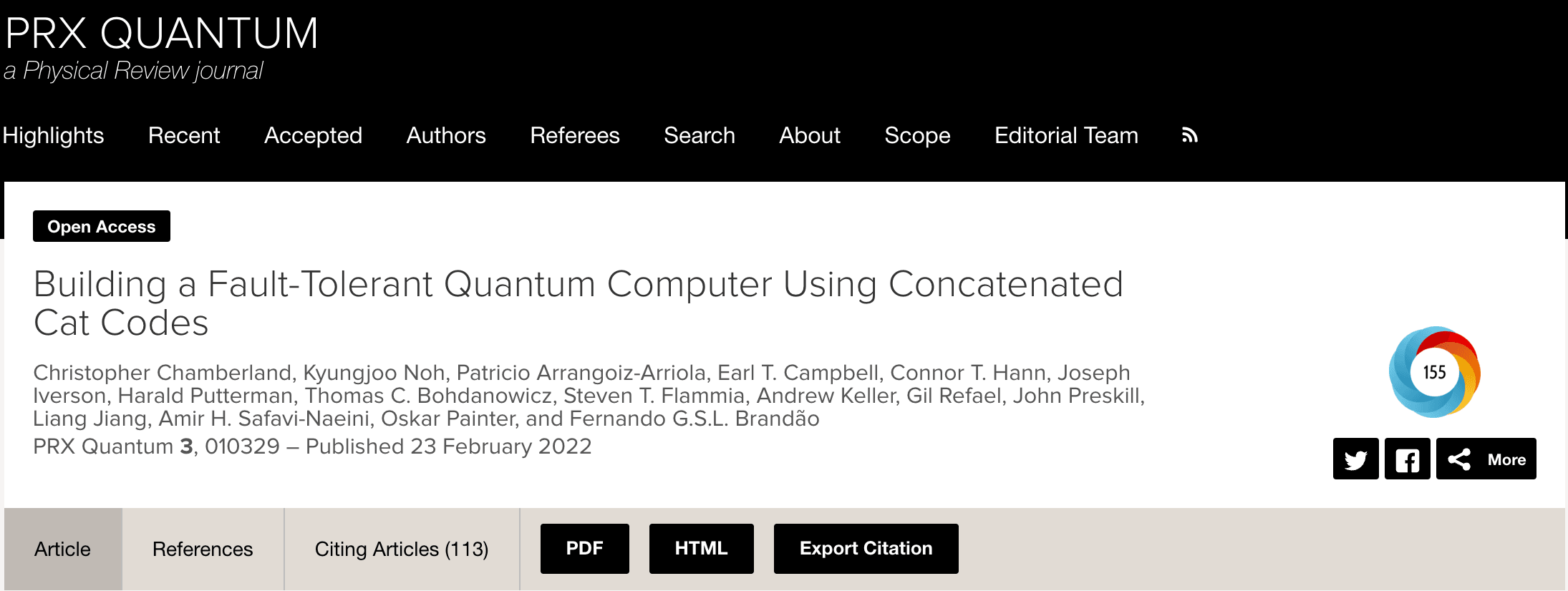 Today we’d like to introduce you to Christopher Chamberland
Today we’d like to introduce you to Christopher Chamberland
Hi Christopher, can you start by introducing yourself? We’d love to learn more about how you got to where you are today?
I started my PhD at the university of Waterloo under the supervision of Raymond Laflamme in 2015. I wrote a detailed blog post about how this journey started here https://chrischamberland.com/road-to-quantum/.
Quantum computers are inherently noisy devices, meaning that the qubits used to store quantum information, and gates used to perform operations on them, can introduce errors into the system. My PhD focused on fault-tolerant quantum error correction, which is a way to use larger quantum devices, where the additional qubits are used to detect errors when they occur and correct them in a fault-tolerant way. Given the high noise rates of quantum computers, error correction is essential to building large scale quantum machines capable of running useful quantum algorithms where there is a known speedup over what can be achieved on classical computers.
After completing my PhD in 2018, I joined IBM’s T.J. Watson research center in New York as a research staff member to work on building IBM’s quantum computers. There, I contributed to the development of the heavy hexagon code which is currently being used in IBMs quantum processors. About 1.5 years of being at IBM, Caltech professor Fernando Brandao reached out to me explaining how Amazon was building their own quantum computing center on Caltech’s campus. With all the great scientists who were planning to join, and the ability to be amongst one of the first researchers to start Amazon’s quantum computing journey, I could not let such an opportunity slip and decided to join the team. While at Amazon, I had a chance to work with some of the best quantum computing researchers in the world, such as Fernando Brandao, John Preskill and Earl T. Campbell. I was also the first author in Amazon’s first blueprint paper for building a quantum computer using concatenated cat qubits.
After three years of being at Amazon, my good friend Guillaume Verdon who I had met while in grad school at the University of Waterloo reached out to me regarding an AI startup called Extropic that he was starting and invited me to join. At first I was very hesitant and refused since this was outside of my field of expertise (I had been working on quantum error correction for the last 7 years). However with some additional convincing, I eventually agreed to join the company as the Principal Architect given that I knew Guillaume’s tremendous potential and impact in the field of AI. I’ve been at Extropic ever since, where we are harnessing the laws of thermodynamics to build AI chips that can be incredibly energy efficient and fast at solving certain AI related problems.
We all face challenges, but looking back would you describe it as a relatively smooth road?
It certainly hasn’t been a smooth road. The beginning of my PhD was quite challenging since I knew nothing about error correction and fault-tolerance when I started. Something similar can be said about starting at Extropic in AI which again was a field I was new to at the time. However over the years I learned the recipe: by putting in the long hours, having grit and determination and never giving up whenever challenges arise, you can become an expert at anything. Thankfully I was able to quickly learn prior art in the AI space and quickly began contributing to the architecture for thermodynamic processors at Extropic. Similarly, in quantum, after spending nearly a year on my first project, I finally had a breakthrough result which led to my first paper being published in Physical Review Letters. This opened up many new doors, and I was able to work with many researchers outside of the University of Waterloo, such as David Poulin in Sherbrooke, a research internship at Microsoft where I wrote a paper on flag qubits for arbitrary distance codes, a visiting research position in Barbara Terhal’s group in the Netherlands, and finally an internship at IBM which led to being hired there full time.
Appreciate you sharing that. What else should we know about what you do?
Currently, I work as the Principal Architect in AI at the company Extropic. I specialize in developing thermodynamic AI architectures by leveraging the laws of thermodynamics to build chips that can accelerate AI algorithms and use less energy than GPUs by several orders of magnitude.
Prior to being at Extropic, I was primarily known in the field of quantum computing for having developed several fault-tolerant quantum error correction architectures for chips being built at Amazon and IBM. I used my theoretical skills to design fault-tolerant architectures, lattice surgery protocols and decoding algorithms that was used as the roadmap for the chips being built by the hardware teams. I am most proud of developing the heavy hexagon architecture which was used in IBMs latest quantum processors. As a theorist early on in my career, it was encouraging to see something you work on having an impact at the engineering level that it did, leading to an actual product and part of a companies roadmap.
I believe my hard work is what sets me apart from others. I worked several hundred hour weeks to be where I am today, and never gave up until a problem was solved. This work ethic for instance lead to over 20 patents during my time at Amazon.
We’d be interested to hear your thoughts on luck and what role, if any, you feel it’s played for you?
I believe in making my own luck. You need to always push boundaries, reach out to experts in the field, and put yourself in positions where favorable outcomes are possible. If you don’t try, then it’s guaranteed you won’t succeed. I went through lots of rejections throughout my career, but I never let it deter me from my end goals. I would say that I joined quantum computing at a time where many companies and startups were beginning to invest substantially in the field which did result in many more open doors compared to a few years prior.
Contact Info:
- Website: https://www.extropic.ai/accelerate
- Instagram: https://www.instagram.com/chamberland.christopher/
- Other: https://chrischamberland.com/
















